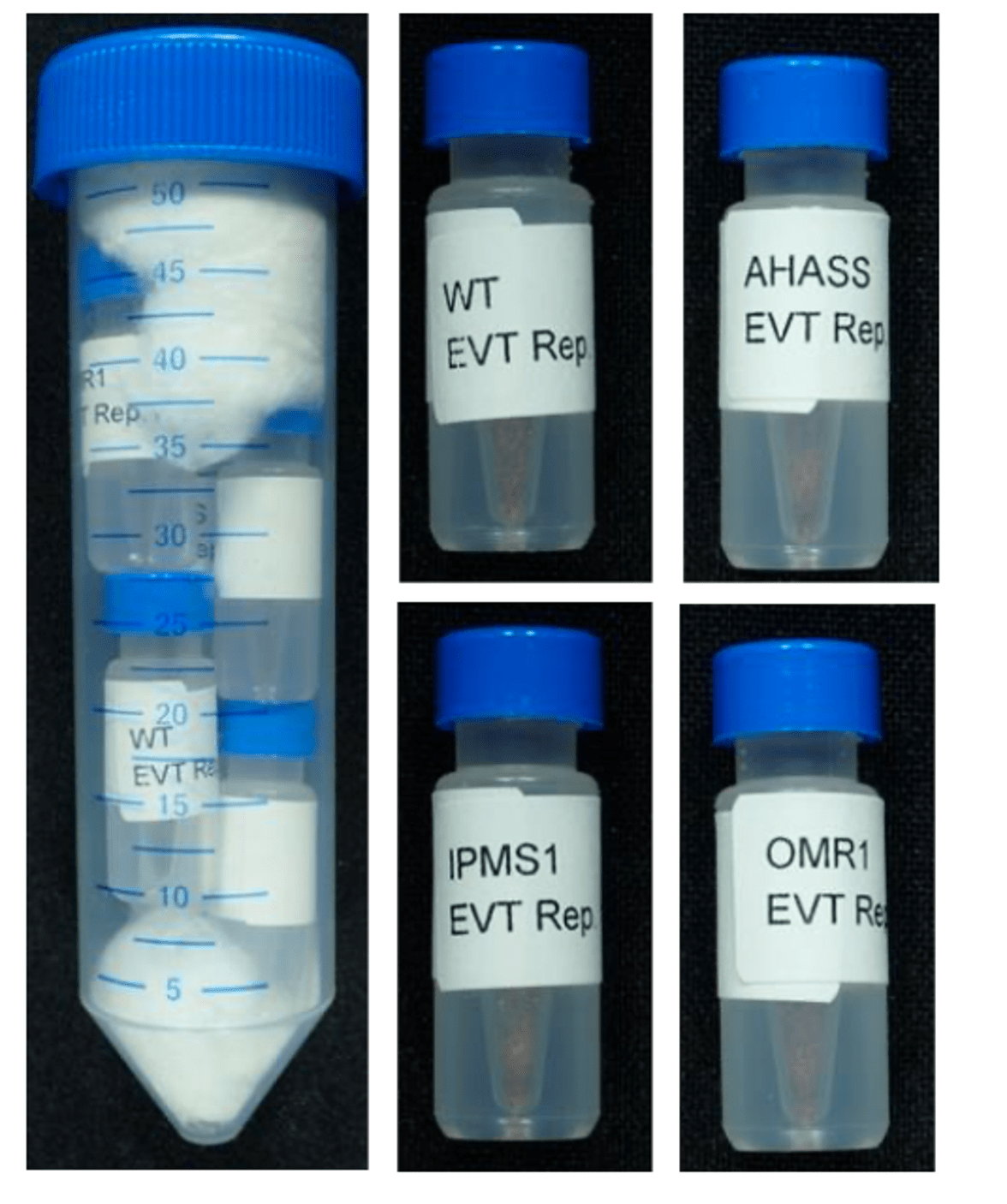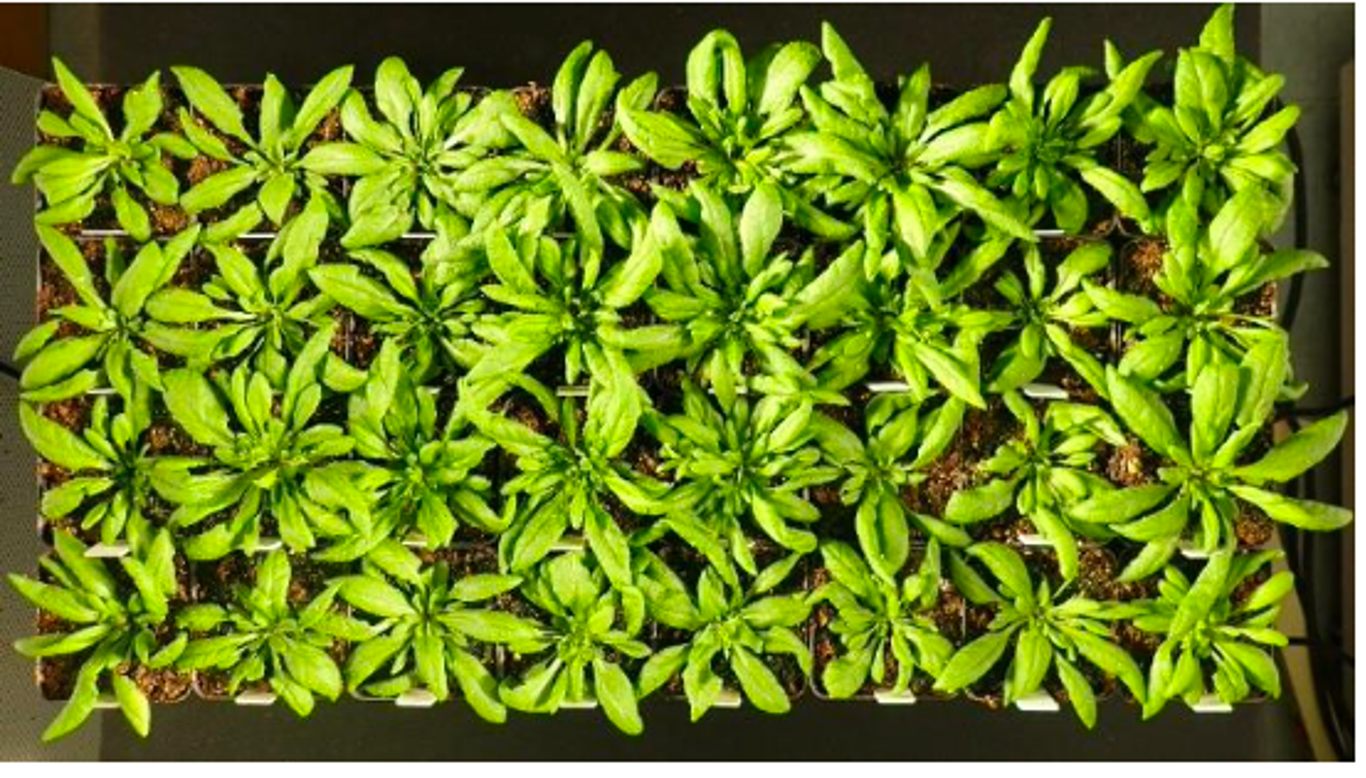Life Beyond Earth: Effect of Space Flight on Seeds with Improved Nutritional Value
Science Objectives
“Life Beyond Earth: Effect of Space Flight on Seeds with Improved Nutritional Value” focuses on understanding the impact of space flight beyond the Van Allen radiation belt on amino acids, which are the building blocks of proteins, in Arabidopsis thaliana seeds.
This investigation will use germplasm that has elevated levels of branched-chain amino acids (BCAAs), which are essential to plants and humans and can only be obtained from plants. The results will establish fundamental knowledge that may remedy the negative impact of space environment on seeds and improve practices for seed transportation and plant selection for deep-space exploration.
Status
Scheduled to launch as part of Biological Experiment-01 (BioExpt-01) aboard the Artemis I Orion Multi-Purpose Crew Vehicle for lunar orbit.
Experiment Description
“Life Beyond Earth: Effect of Space Flight on Seeds with Improved Nutritional Value” will test the hypothesis that seeds with increased nutrient reserves will endure spaceflight better than their unchanged control counterparts. Because spaceflight conditions can impoverish the nutrient reserves of seeds, it is hypothesized that seeds with increased levels of BCAAs will not only better endure spaceflight-associated stress and produce healthier seedlings but could also supply a greater proportion of mission-critical dietary requirements for the crew.
The results of this investigation will be helpful in selecting seed genotypes for resisting space stress and in selecting food with enhanced nutritional value to humans on extraterrestrial surfaces.
Space Applications
This project aims to increase knowledge on how plants acclimate to the space flight environment beyond low Earth orbit, how these changes impact their vigor, and what measures can be taken to mediate negative impacts that space flight may have on plant growth and reproduction.
Through the development of the project, researchers will be able to enrich general knowledge of the basic biological principles for spaceflight of seeds and generate new working hypotheses, which will lead to improved germplasm and advance biotechnology strategies to sustain life in deep space.
Earth Applications
Understanding the mechanisms that plants utilize to grow is of paramount importance to life on Earth. The knowledge obtained from this work will build upon the basic biological principles of plants grown on Earth and contribute new knowledge that can be transferred to improvement of crop quality and nutritional value.





































